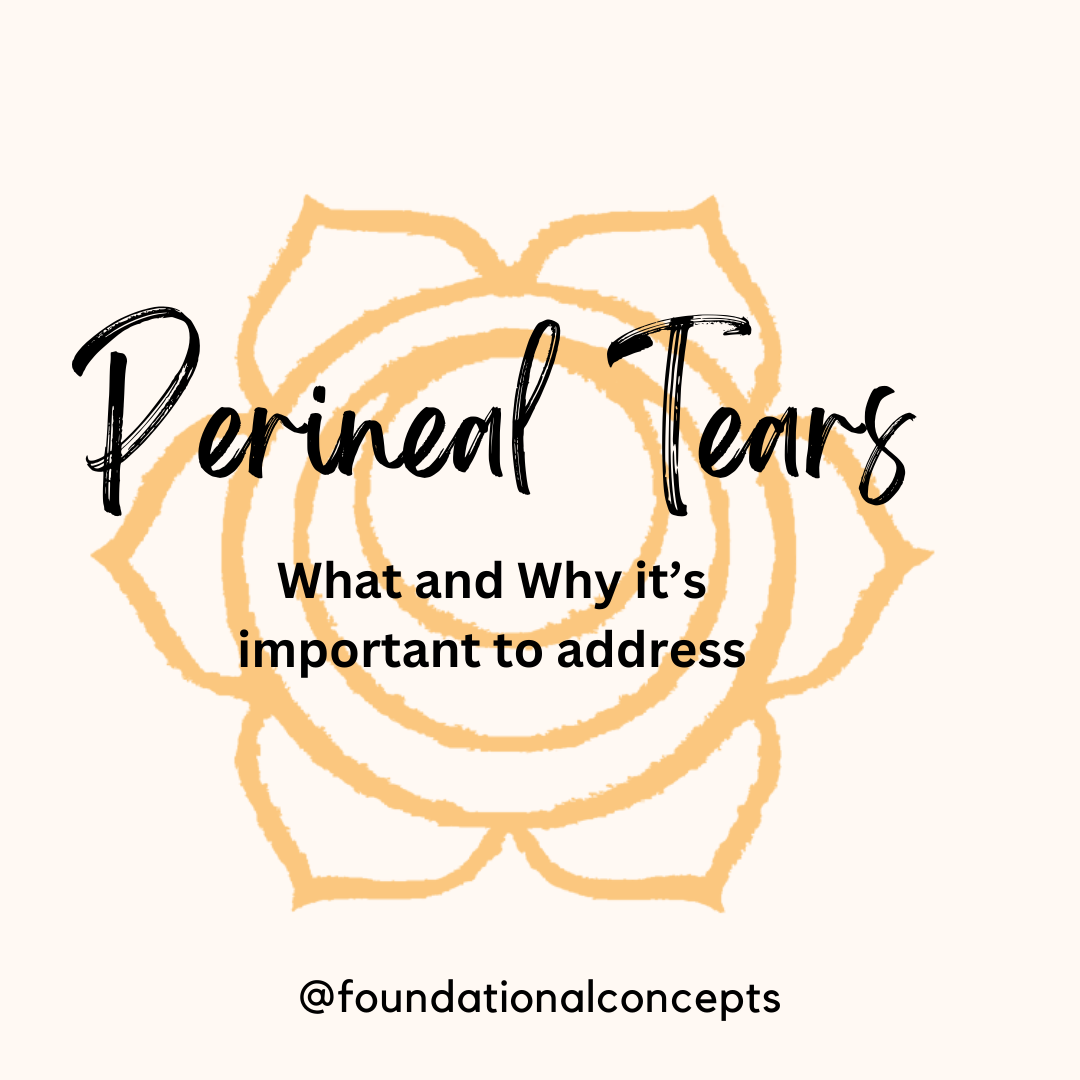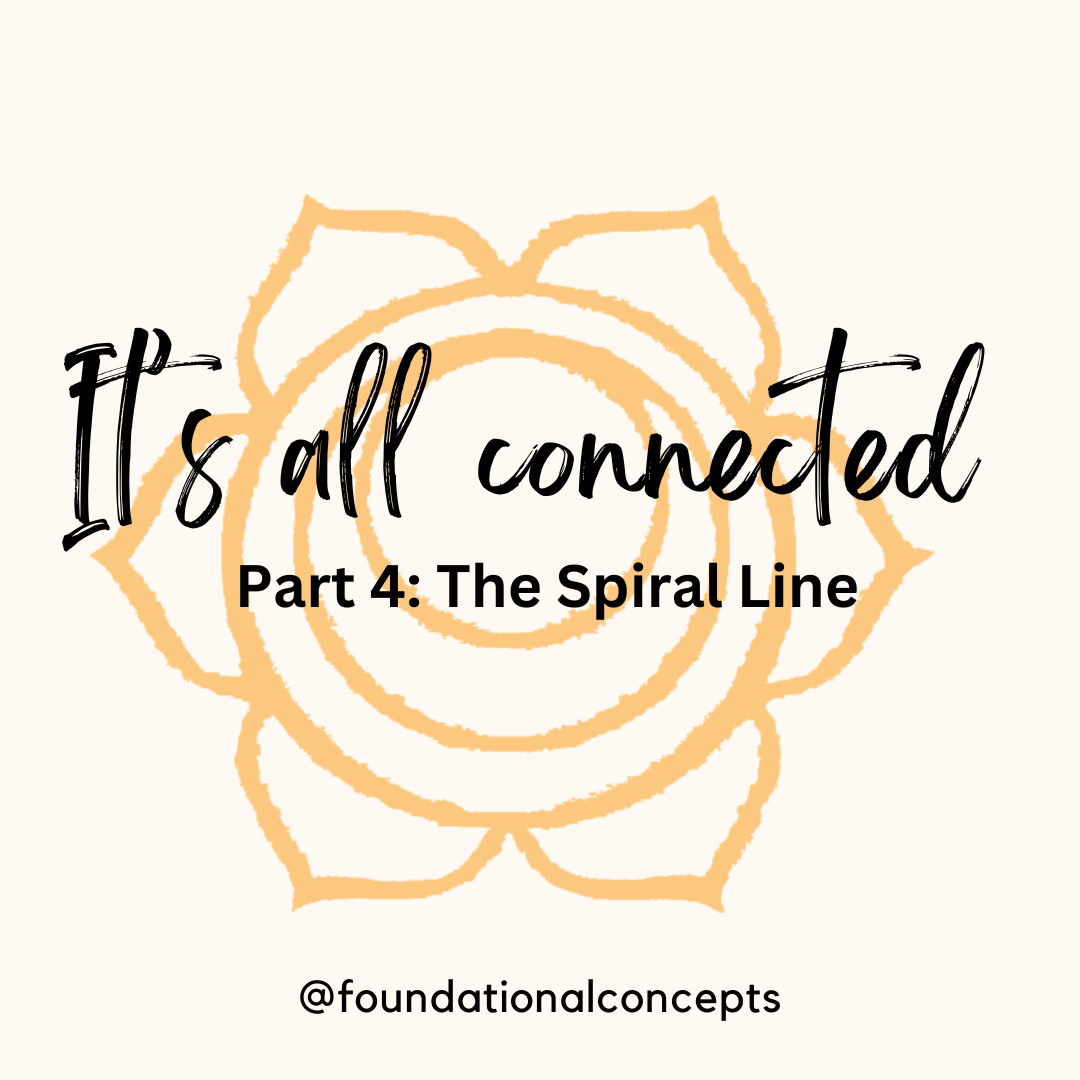Increased intra-abdominal pressure is a large contributor to pelvic organ prolapse and to worsening symptoms. …
How to Prevent the Tear Down There
The perineum, or the space between your vaginal opening and rectum, stretches a lot during pregnancy. During delivery, health care providers often perform a surgical cut, known as an episiotomy, on this area. Other times a tear, or laceration, naturally occurs to this area during pregnancy. Both an episiotomy and laceration require stiches and healing time after the baby is born.
Episiotomies and tears can cause post-partum pain, affect caring for baby and decrease the ability to perform daily life activities. Further problems can persist, such as incontinence (leaking of urine), pain with intercourse, and pelvic floor muscle dysfunction.
Although the risk of a tearing cannot be completely eliminated, techniques exist that may decrease the likelihood of a tear. Perineal massage is a technique that increases the “stretchiness” or elasticity of the tissue in the perineum prior to delivery, potentially reducing the risk or severity of a tear.
One study investigating the effects of pre-partum perineal massage in nulliparous women consisted of 29 women who performed perineal massage during the last 6 weeks of pregnancy, and a control group of 26 women. Of the experimental group, 48% of women had an episiotomy and/or second degree laceration, while 77% of the control group had an episiotomy and/or second, third, or fourth degree laceration (Avery, et al).
A randomized controlled experimental study compared women who performed antenatal perineal massage from 33 weeks gestation to women who did not. Of the massage group, 83% of women had no laceration, while only 17% of the control group had no laceration. Antenatal massages were also found to reduce perineal pain experienced 24 hours and 15 days after childbirth (Dönmez, et al).
Perineal massage is free and can be performed by you or your partner during the last 4-6 weeks of pregnancy. It can be performed at home, 1-2 times per day.
How to perform perineal massage:
Episiotomies and tears can cause post-partum pain, affect caring for baby and decrease the ability to perform daily life activities. Further problems can persist, such as incontinence (leaking of urine), pain with intercourse, and pelvic floor muscle dysfunction.
Although the risk of a tearing cannot be completely eliminated, techniques exist that may decrease the likelihood of a tear. Perineal massage is a technique that increases the “stretchiness” or elasticity of the tissue in the perineum prior to delivery, potentially reducing the risk or severity of a tear.
One study investigating the effects of pre-partum perineal massage in nulliparous women consisted of 29 women who performed perineal massage during the last 6 weeks of pregnancy, and a control group of 26 women. Of the experimental group, 48% of women had an episiotomy and/or second degree laceration, while 77% of the control group had an episiotomy and/or second, third, or fourth degree laceration (Avery, et al).
A randomized controlled experimental study compared women who performed antenatal perineal massage from 33 weeks gestation to women who did not. Of the massage group, 83% of women had no laceration, while only 17% of the control group had no laceration. Antenatal massages were also found to reduce perineal pain experienced 24 hours and 15 days after childbirth (Dönmez, et al).
Perineal massage is free and can be performed by you or your partner during the last 4-6 weeks of pregnancy. It can be performed at home, 1-2 times per day.
How to perform perineal massage:
- Wash your hands and clip your fingernails.
- Assume a comfortable position where your muscles can relax. Try a semi-reclined position with your legs fanned out like a butterfly stretch over some pillows.
- Lubricate both of your thumbs with a natural lubricant, like vitamin E oil or coconut oil.
- Place both of your thumbs inside your vagina, about 1-knuckle deep.
- Press down toward the rectum and outward with both thumbs at 5 o’clock and 7 o’clock until you feel a tight, burning sensation.
- Hold this position for 1-2 minutes.
- Slide your thumbs along the sides of the bottom half of your vagina, in slow massaging motion.
- Concentrate on relaxing your muscles by taking some deep belly-breaths.
- Perform this for about 10 minutes, 1-2x/day. You should notice a decrease in the tightness and burning as the massage is repeated over a few weeks.
This blog is here for your help. It is the opinion of a Licensed Physical Therapist. If you experience the symptoms addressed you should seek the help of a medical professional who can diagnose and develop a treatment plan that is individualized for you. If you enjoyed this blog, check out our website at foundationalconcepts.net for more blog entries and to learn more about our specialty PT practice, Foundational Concepts. Follow us on Twitter @Foundational1 and like us on Facebook/Foundational Concepts for updates.
Sources:
“Perineal Massage in Pregnancy.” Journal of Midwifery and Women’s Health. 2005; 50(1). 1526-9523/05/. doi:10.1016
Avery, Melissa D., and Laura Arsdale. “Perineal massage: effect on the incidence of episiotomy and laceration in a nulliparous population.” Journal of nurse-midwifery 32.3 (1987): 181-184.
Dönmez, S. and Kavlak, O. (2015) Effects of Prenatal Perineal Massage and Kegel Exercises on the Integrity of Postnatal Perine. Health, 7, 495-505. doi: 10.4236/health.2015.74059.






This Post Has 0 Comments